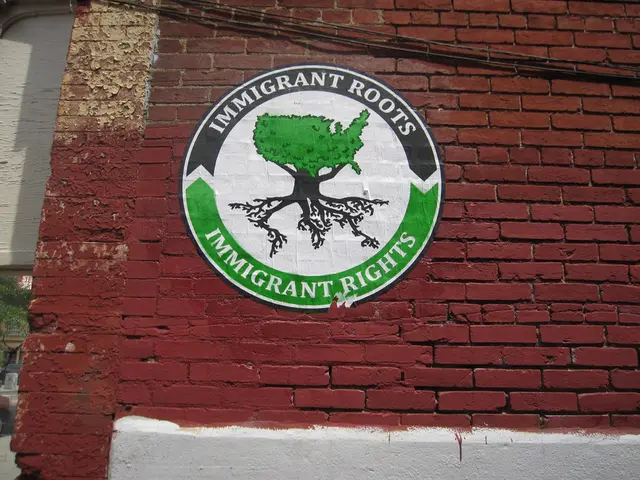Støre, Norway's Prime Minister, triumphs in the election
Norway's Parliamentary Election Results: Støre's Labour Party Tops, Red-Green Bloc Holds Majority
The results of Norway's parliamentary election held on Monday have been announced, with the Labour Party, led by Prime Minister Jonas Gahr Støre, emerging as the strongest force with 28.2% of votes. The right-wing Progress Party more than doubled its share of votes, coming in second with 23.9% of votes, while the Conservatives (Høyre) of former Prime Minister Erna Solberg came in third with 14.6% of votes (a decrease of 5.7 percentage points).
The election results could have significant implications for Norway's energy policies, given the stance of the red-green parties. Three parties from the red-green spectrum, potentially supporting Støre's government, have expressed their opposition to any new oil and gas drilling. This could pose a challenge for Støre, who does not support ending oil and gas exploitation, but advocates for a more sustainable approach.
With 169 seats in the Norwegian Storting, the left-of-center bloc has a majority of 82 seats. According to preliminary results, the five parties of the left-of-center bloc together have 87 seats in the Norwegian parliament, which means a narrow majority for them. The voter turnout in the election was 78.8 percent by late Monday evening, with around four million Norwegians participating.
The Norwegian parliament's composition has significance for Europe due to Norway's close ties to the EU as a member of the European Economic Area (EEA). The election results could also impact Norway's energy policies, as the country has become one of the most important energy suppliers in Europe due to the Ukraine war and sanctions against Russia.
Støre has been heading a minority government since 2021, a form of government that is not uncommon in Norway. To govern effectively, it is sufficient if no majority against the Prime Minister's plans is formed in the Norwegian parliament. Given the buffer of the red-green bloc, Støre can continue to hope for support for his policies.
All parties in the red-green camp had expressed their support for a government led by Støre during the election campaign. The parties that could be necessary to support Prime Minister Støre's government based on preliminary parliamentary election results in Norway are the Social Democratic Labour Party (Ap), the Socialist Left Party, the Centre Party, the Red Party, and the Green Party. Among these, the Green Party is explicitly noted for its opposition to new oil and gas extraction, advocating for a departure from fossil fuel exploitation.
The final election results are expected in the coming days, and the negotiations for the formation of a new government are expected to begin soon. The election results mark a significant moment in Norway's political landscape, and the decisions made in the coming days and weeks will shape the country's future, particularly in terms of its energy policies and its relationship with the EU.
Read also:
- Tobacco industry's suggested changes on a legislative modification are disregarded by health journalists
- Trump's Policies: Tariffs, AI, Surveillance, and Possible Martial Law
- Uncovering Political Ad Transparency: A Guide to Investigating opponent's Political Advertisements in the Digital Realm
- Elon Musk praises JD Vance's debate performance against Tim Walz








